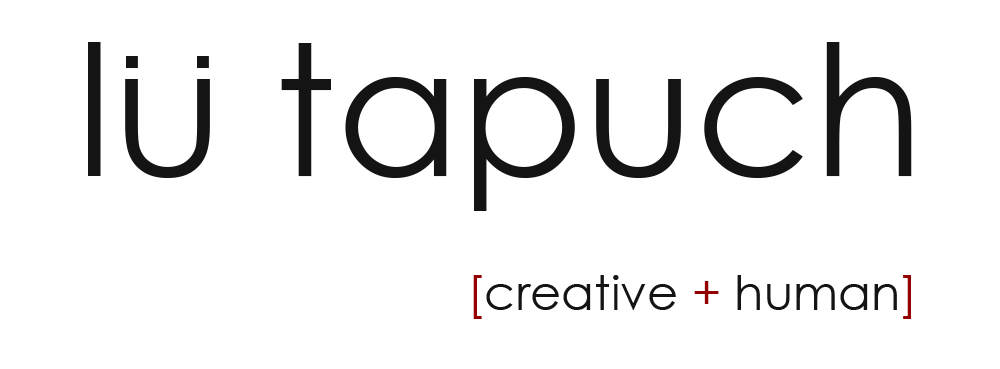Custom AI User Persona Generator
THE QUESTION
It wasn't exactly a problem — more a question I kept asking myself as I dove deeper into the world of AI and prompt engineering:
"Is there a perfect AI-powered persona generator out there?"
RESEARCH & DISCOVERY
While exploring what a solid persona generator should offer, I tested multiple custom GPTs that claimed to do the job. Most provided quick "personas" based on a short prompt — a few lines about a fictional character or user. However, I quickly realized how shallow and generic these outputs were, especially when creating complex user types like Healthcare Professionals (HCPs).
I wanted depth. Specificity. Real utility.
So, I decided to build my own. To do that, I learned how to correctly write and structure prompts using OpenAI's syntax and markdown logic.
MY ROLE
As a curious UX lead, I always seek ways to improve tools and processes. In learning how people use AI, I found something interesting:
The average ChatGPT user spends 8 minutes and 24 seconds on the platform, viewing about 2.72 pages per visit. Most input basic prompts and accept average answers—no fact-checking, refinement, or critical thinking.
According to Purdue University, 52% of users misuse ChatGPT, often trusting outputs without verifying the information.
I took the opposite approach: I tested, failed, refined, and built a set of internally approved GPTs to help my company create stronger, more actionable personas and solutions.
THE METHOD
I use Markdown (MD) syntax to precisely organize and structure prompt instructions. This includes using typographical markers like #, *, and ** to build layered commands that guide the model's behavior.
Here's an example of how I structure my GPT instructions:
# First Level — Top-level instruction or role assignment
## Second Level — Detailed instructions or behaviors
### Third Level — Specific tasks or response formatting
*Sub-Section — Clarifies instructions in more detail
**Sub-Sub-Section — Ensures task completion before continuing
I also designed the instructions with character limits in mind, placing foundational guidelines in the GPT setup field and linking to a supporting document when needed. This improves clarity and reduces hallucinations.
THE SYSTEM
I created a document with six core questions for persona generation. These cover:
Demographics
Professional background
Social environment
Technical environment
Goals and aspirations
Fears and challenges







